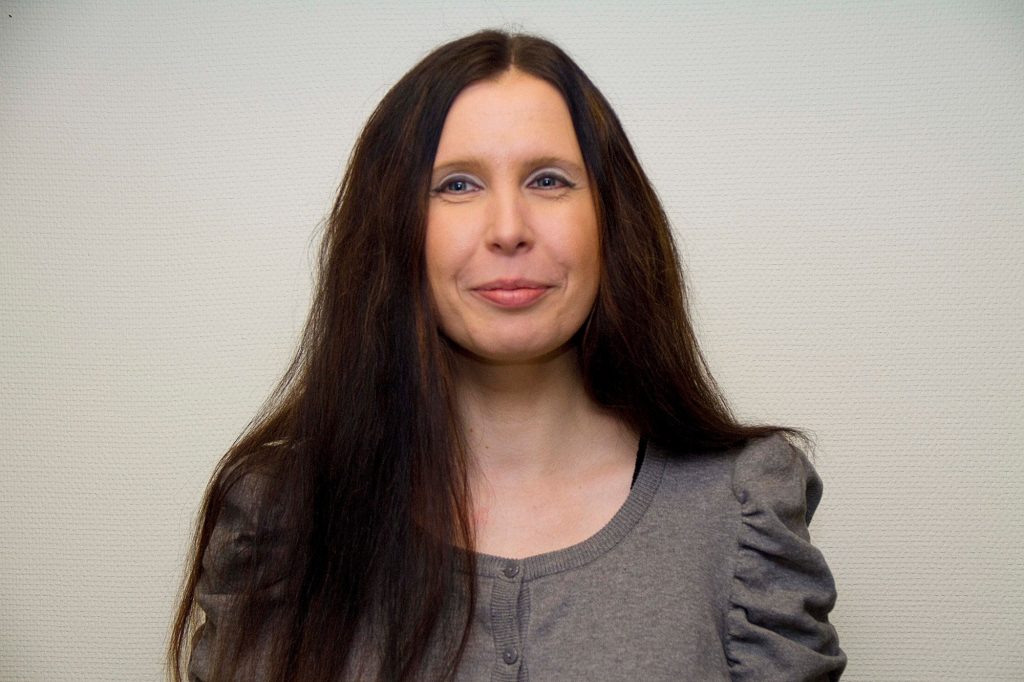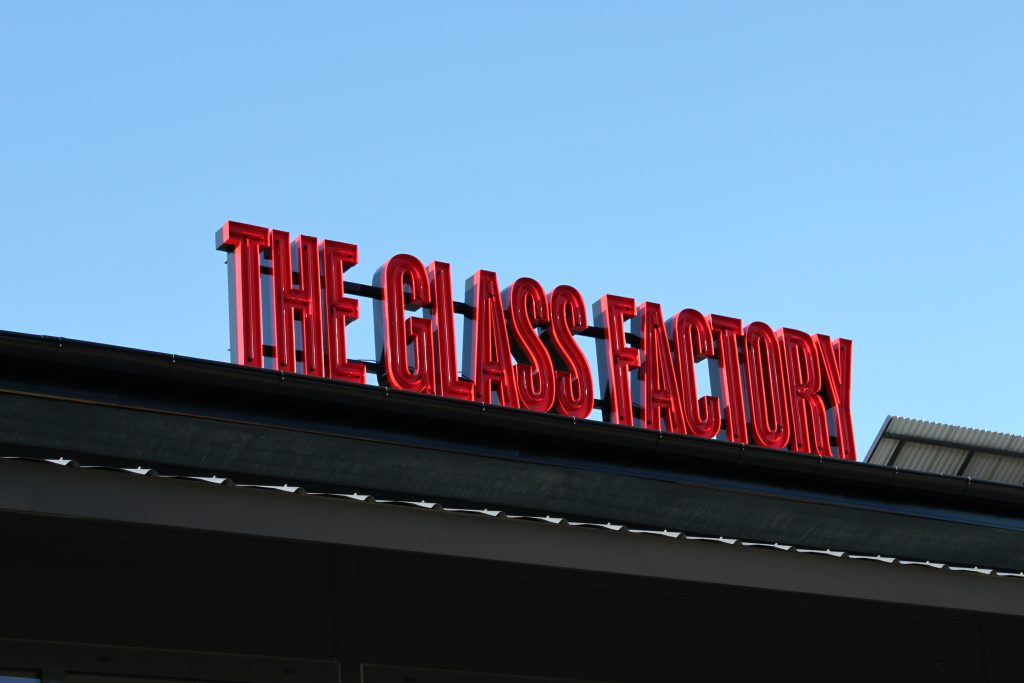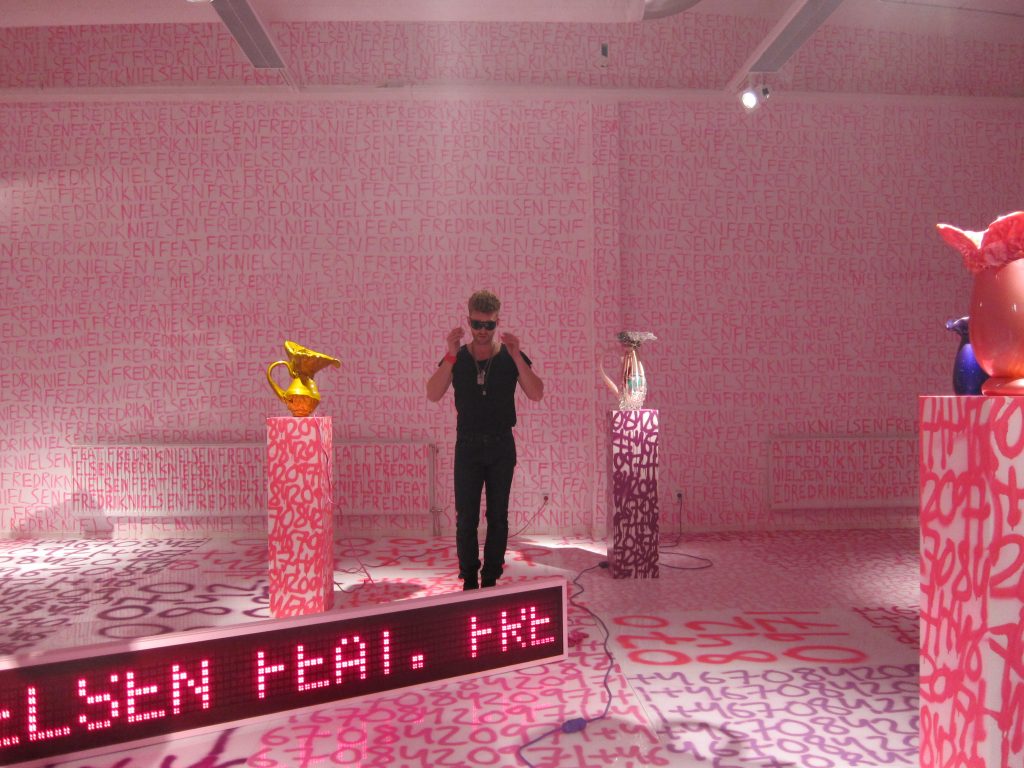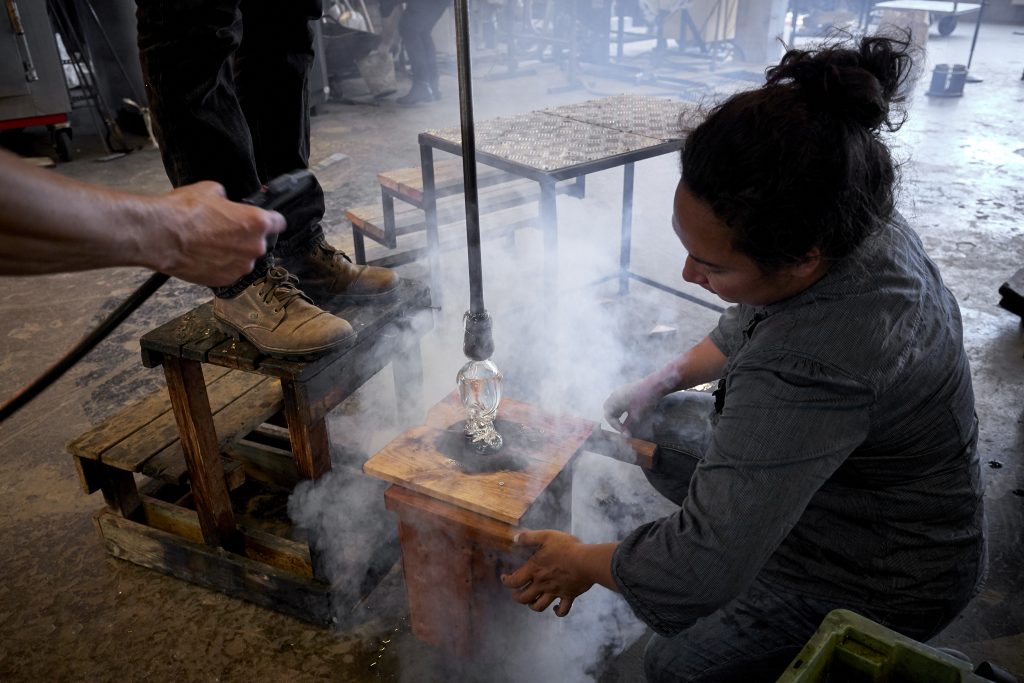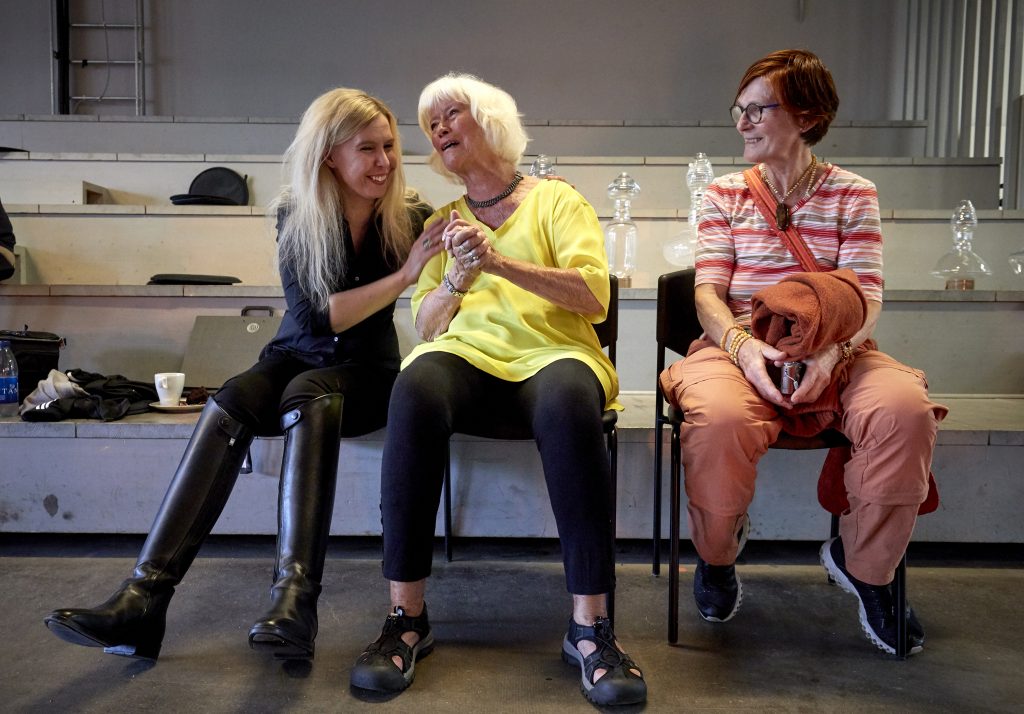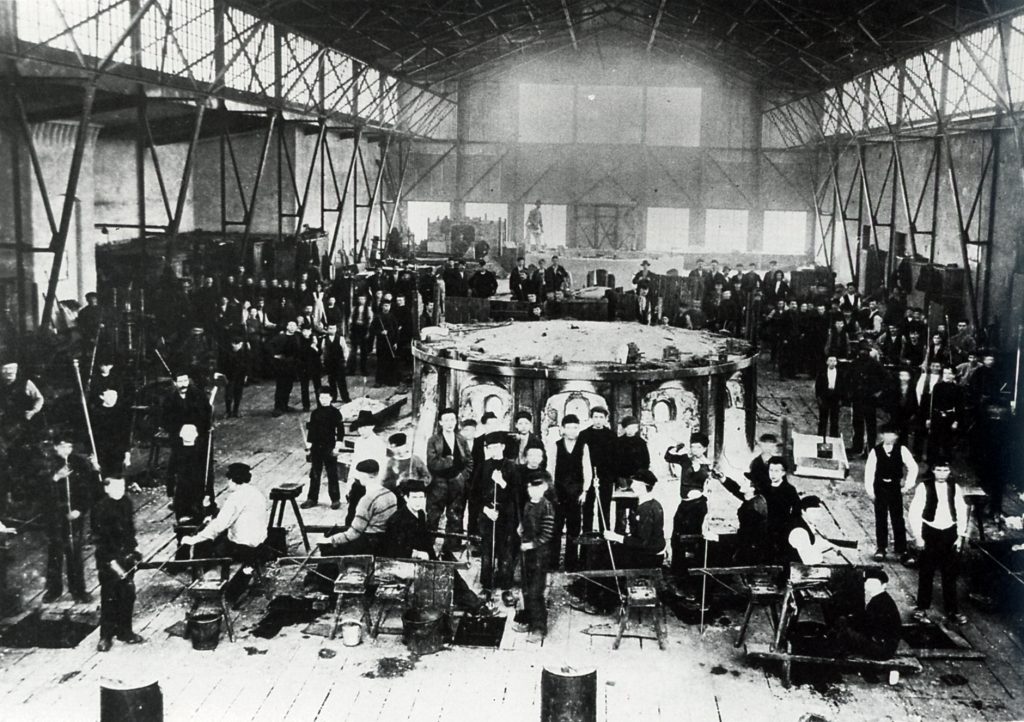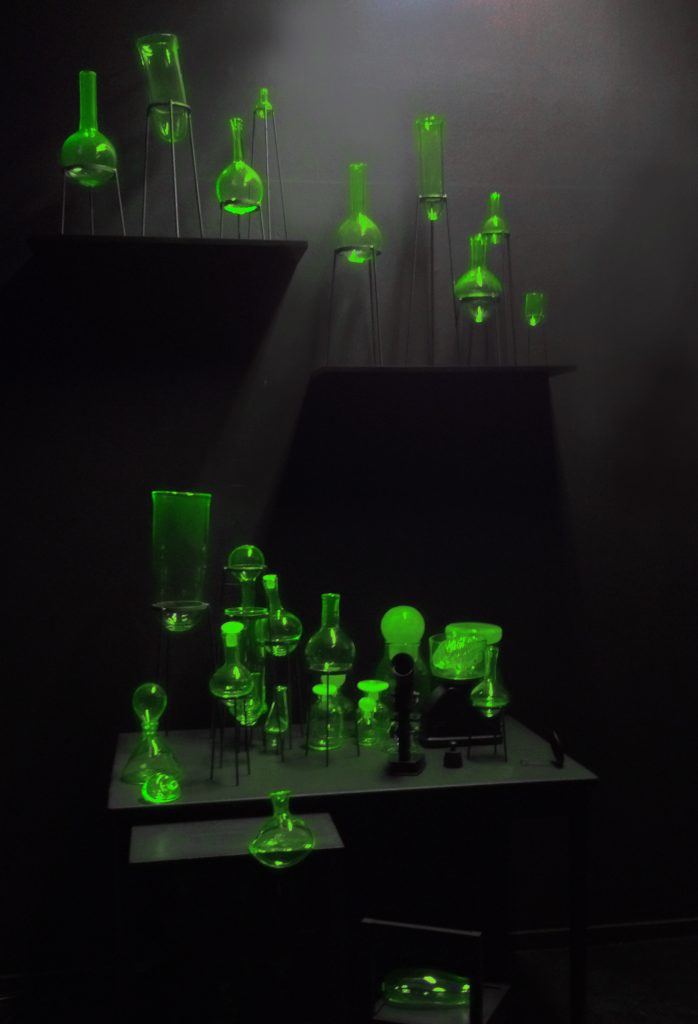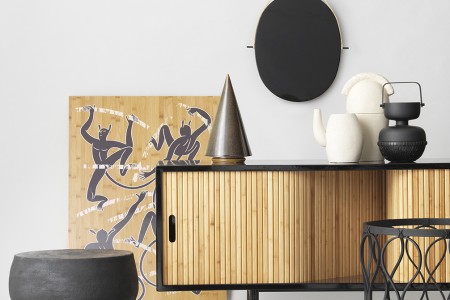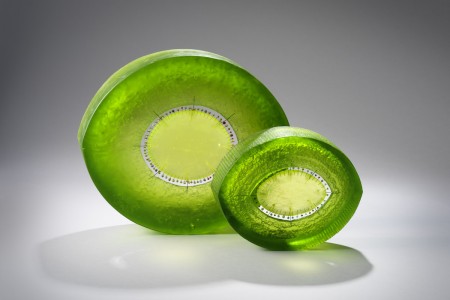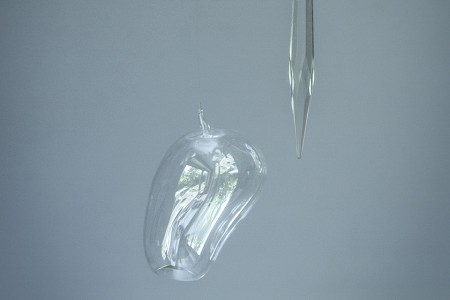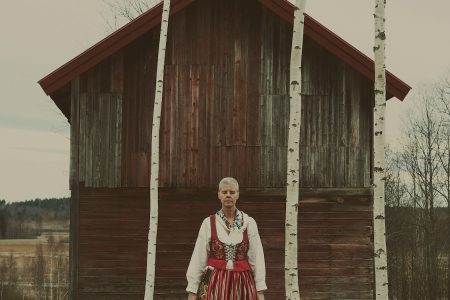Maja Heuer: A Love Letter to Glass
The Glass Factory founder Maja Heuer reflects on her motivations for establishing the Glass Factory and the need for new approaches to the business of glass.
In 2011, Maja Heuer opened the doors of The Glass Factory, a new space in Sweden’s ‘Kingdom of Crystal’ (a region in Sweden that includes 13 glassworks and studios) that challenges traditional notions of glassblowing. Eight years later, having founded and directed this museum-cum-business through its infancy, Heuer is moving onto other terrains, applying her skills to the challenge of creating an international heritage museum with a focus on social and cultural change. She leaves behind her a legacy that combines education, manufacturing, consultancy and collaborations to make glasswork exciting and relevant for the contemporary world.
TLmag: Where did your fascination for glass come from?
Maja Heuer: My uncle has one of Europe’s largest collections of historical glass so I grew up surrounded by beautiful pieces. [As a child], I was not that interested in glass and thought to myself: “This is something I will never work with” and then, of course, I did!
TLmag: Which led you to create the Glass Factory, how did that happen?
MH: In 2008, the Boda Glass House closed and the Municipality of Emmaboda bought its properties and collection but had no idea what to do with them. I thought it was brave of them to do this at a time when the industry was rapidly changing, so I wrote a letter to the municipality asking to be involved. They hired me to develop a proposal for a different kind of glass museum. My idea was based on questioning how to find new structures for working with glass. They loved it! We opened our doors in 2011 and it now funds itself 80%.
TLmag: It sounds very romantic, especially given its context within the ‘Kingdom of Crystal’ where glass manufacturing dates back to the 1700s. How has this location shaped the Glass Factory?
MH: We built the Glass Factory on the history of the ‘Kingdom of Crystal’ but we are not nostalgic like some of the other glasshouses. For us, the ‘Kingdom of Crystal’ is somewhere dark, exciting, and developing – but we don’t know exactly in which way. It feels a bit ‘Twin Peaks’, in that there is something a bit odd about it but in a good way that is attractive to artists. The whole community has this fantastic energy – the craftsmen, the makers, the artists, the designers and, of course, the blowers. In Sweden, the glassblowers are like rock stars. It is very different from other countries where they are workers.
TLmag: Where do you see a place for glasswork in today’s contemporary design world?
MH: The market changes so rapidly so we need to ask: “How can we apply this unique craft to this market?” We need to find products that people want to buy because it is ultimately about developing and surviving. Our interdisciplinary approach allows us to research new markets for glass. For example, our Fab Lab develops smart techniques like glass that responds to touch by changing colour or smell or by talking to you. There is a huge potential for scientific applications of glass so we facilitate collaborations between scientists and artists through master classes and projects. These cross-disciplinary partnerships started when London Hospital approached us with a need for glass moulds for growing noses.
TLmag: The Glass Factory invites visitors into the behind-the-scenes process of glassblowing. Why is important to share?
MH: There is a power in seeing glass being blown and it’s a little sexy also. It is educational because you get a whole new understanding of glass but it’s also about the creative energy that is fantastic to watch, like a performance or dance.
Cover Photo: Making and development of the crystal elements for the refurbished National Museum in Stockholm, 2018. Project led by Matti Klenell who commissionned 10 Swedish artists and designers to create a part of this chandelier © Hans Runesson
